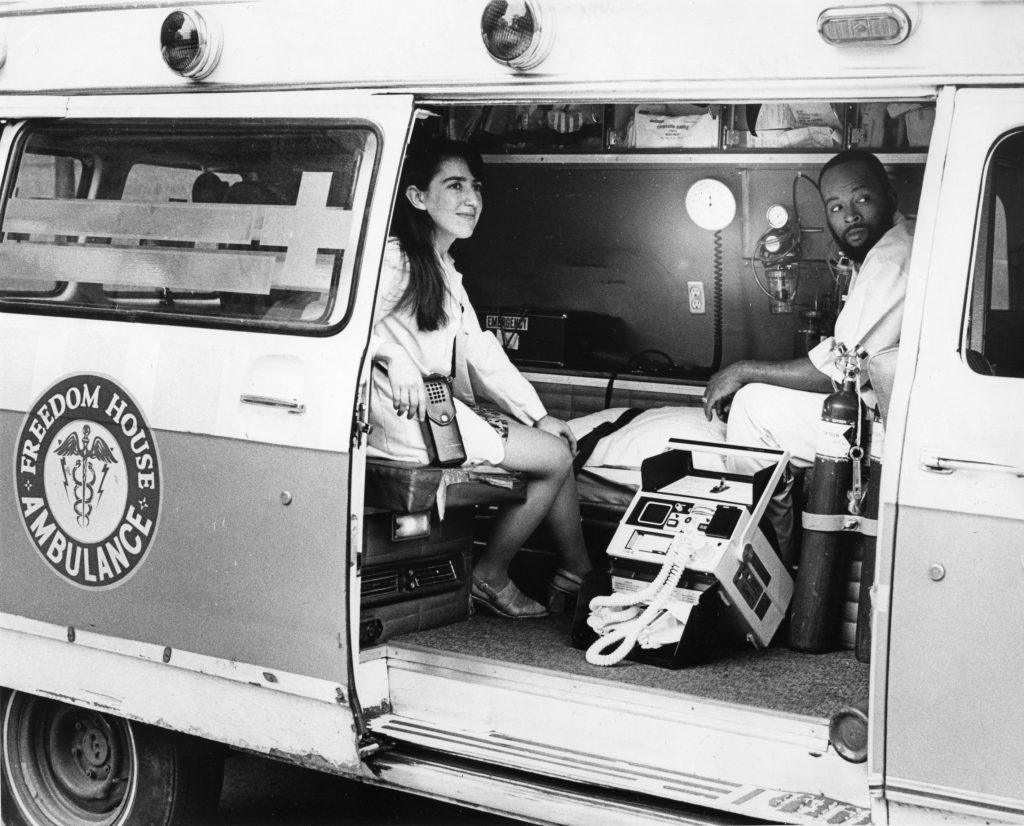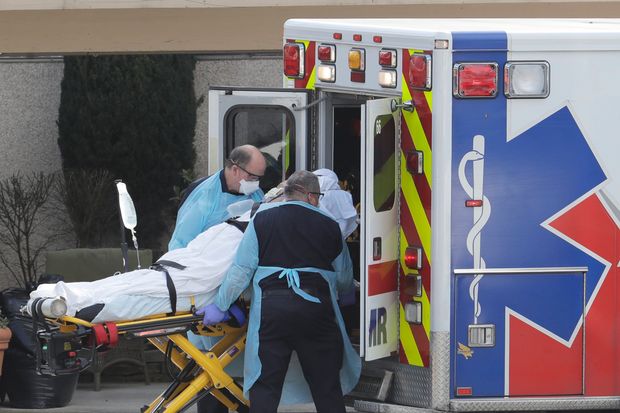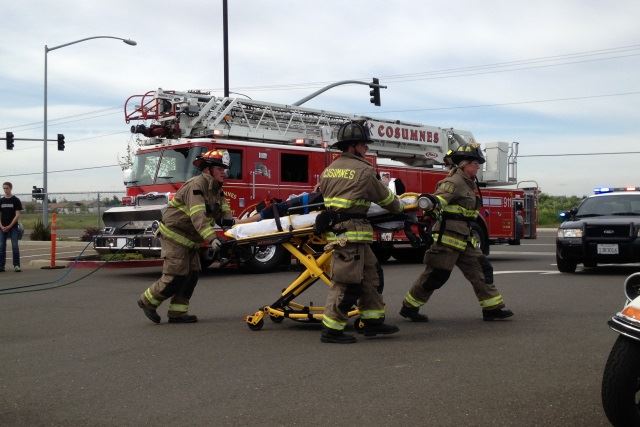By: Robert Avsec, Executive Fire Officer
It was a hot and humid August evening in 1979, and I was a new EMT working my first job in public safety. My employer was a private sector ambulance service that had the contract to provide EMS to the city of Richmond, Virginia. On this night, my partner—a “street savvy” dude if there ever was one—and I were dispatched to a report of a shooting in the Fairfield Court projects in the east end of the city.

In 1979, Richmond—not unlike many urban areas in the late 1970s—was realizing the fallacy in project housing for low-income families; the people were still poor, the buildings were deteriorating by the day, and dealing street drugs had become the #1 job in neighborhoods like Fairfield Court.
See Related: The Forgotten Legacy of Freedom House
When we arrived, there were probably 40-50 people, mostly young black men, and women, outside the address apartment. When we pulled up at the curb and got out of the ambulance with our equipment, several people started yelling loudly, “Get outda [sic] way for the amblance [sic] doctors!” With a little assistance from two noticeably big men, the crowd quickly parted opening our way to the front door of the apartment.
THE TIMES HAVE CHANGED
But that was 1979, not 2021. It’s an increasingly dangerous world providing EMS in communities across the U.S. Physical encounters with violent patients, exposure to lethal drugs like fentanyl, and the presence of too many firearms in too many potentially volatile situations, have changed the approach used by EMS providers for scene management. Or at least by now it should have.
The COVID-19 pandemic and the growing distrust of people of color towards anyone wearing a uniform have only exacerbated the level of risk faced by EMS providers.

Fact: Most fire departments that provide EMS to their communities respond to more EMS calls than fire calls. But how many of those fire departments provide the same level of resources to those EMS calls that they provide to fire calls? You know, enough resources to handle the necessary tasks?
EMS RESPONSES NEED 3 PEOPLE
IMHO, a two-person ambulance crew responding to an emergency is not a safe, effective, or efficient staffing configuration for most fire departments given the potential risks to personnel and the organization. Let’s look at the tasks that need to be done on a typical EMS call to keep everyone safe and get the job done.
1. Assess the outside of the residence or business for potential hazards or threats to EMS personnel. Are you walking into a domestic violence situation? Arriving at a scene with an enraged crowd because a law enforcement officer has shot a person of color? These are just a few examples where EMS providers must start planning how they’ll remove the patient from the situation via stretcher, especially in a hurry.
2. Continue the assessment once in the residence or business. Find out how many people are present in the home, account for their whereabouts, and continue to account for their location until the call is over. You don’t want to be that medic who suddenly has a gun pointed at the back of your head by the patient’s son who says, “My momma ain’t gonna die today, right?”
3. Assess the personal protective equipment needs for personnel working around the patient. Are there respiratory or bodily fluid hazards present? Everybody is comfortable these days about gloving up before providing patient care, but do they recognized when they need eye and face protection? Or gowns to protect you from bodily fluid contact? (Lawyers from Law Offices of Ross Ziev who have talked with doctors have said that it’s easy to develop tunnel vision while providing patient care, especially to an extremely sick or severely injured patient).
Structural firefighting PPE is awfully expensive, and that makes it a poor choice for EMS protective clothing (Your department can buy cases of latex gloves, facemasks and eye shields and disposable gowns for the cost of one set of structural PPE that becomes contaminated and can’t be thoroughly cleaned).
4. Patient care duties. The most critical task responsibilities are those needed to provide patient care. That requires that there be an attendant-in-charge for determining a patient care plan and implementing that patient care plan. Ensure that only the people necessary to provide patient care are in the “hot zone”, i.e., proximity to the patient, where they can be exposed to bodily fluids or an accidental needle-stick from a contaminated needle.
5. Moving the patient to the ambulance. Assessing what’s necessary to get the patient to the ambulance, procure the necessary equipment while patient care is being delivered. (Going back to point #1 above, this process should begin upon arrival).
6. Demobilization tasks. Ensuring that all contaminated EMS equipment and supplies are properly bagged for removal from the scene. Cleaning up any blood or other bodily fluids left behind by the patient. Ensuring that an adult takes responsibility for the home or business. If no adult is available, ensure that the home or business is locked and secured.
The above are not an all-encompassing list, but I think they provide a good list of tasks that must be accomplished on an EMS call for service involving a single patient. Now ask yourself: how safely, effectively, and efficiently can all of them get done by two EMS providers?
There needs to be a third crew member to handle the incident management functions (Points 1, 2, 3, 5, and 6 above). Managing the incident and providing patient care are two distinctly different functions; doing both well is, in my opinion, beyond the capabilities of a two-person ambulance crew.
The way I see it, fire departments have a couple of options. Option #1 is to staff your ambulances with three EMS providers instead of two. Option #2 would be to respond a fire unit with each ambulance response to provide the additional staffing needed on scene to complete the necessary incident management functions while the two-person ambulance crew focuses on providing patient care.

Why should the busiest type of unit in your department—and one responds to calls for service that always have the need for both incident management functions and patient care functions—get the smallest number of resources, and no officer in charge? Especially when those ambulances and their crews respond to so many potentially dangerous encounters? Something to think about, no?
 Fire & EMS Leader Pro The job of old firefighters is to teach young firefighters how to become old firefighters!
Fire & EMS Leader Pro The job of old firefighters is to teach young firefighters how to become old firefighters!